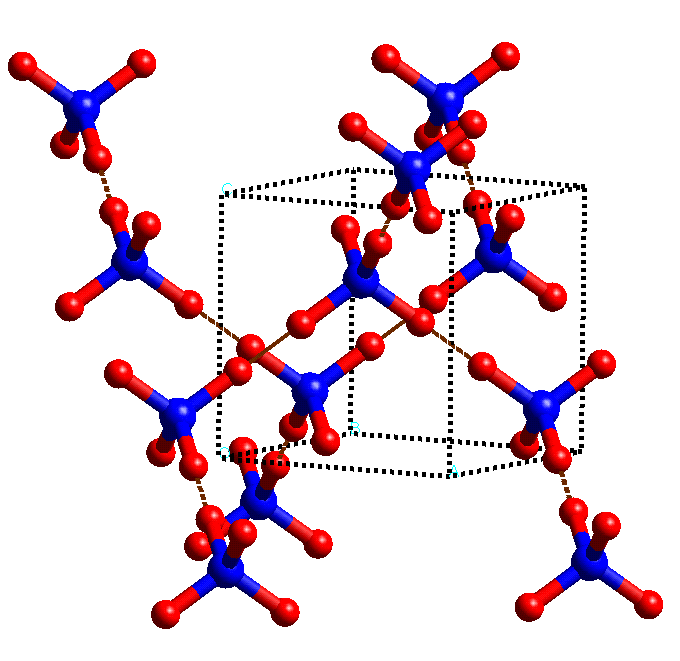
A team of scientists from Lawrence Livermore National laboratory Lawrence had a unique form of ice, called superionic ice (superionic ice). The main feature of this ice is that it consists of a solid crystal lattice of oxygen atoms around the nodes which revolve protons. The interesting thing is that the emergence of this form of matter was predicted more than 30 years ago, and the assurances of the experts, this type of ice cannot exist on our planet, but made the core of ice planets like Uranus.
As you know, ice is water and water is the oxygen molecule connected to two hydrogen molecules. When water freezes, its molecules can form crystalline structures of arbitrary shape. The crystal lattice of “normal” ice is composed of hexagons, but there are other forms of ice, for example, cubic ice lattice which has, as you can guess, the shape of a cube. But they are formed only under certain conditions, and get them “in my fridge” will not work. To get the same superionic ice, scientists have compressed the molecules of water by means of pressure generated by the two diamond platforms. This structure is called ice VII.

The crystal structure of ice-VII
After compression of water molecules, scientists using a powerful laser created inside the crystal structure of the shock wave. Further increasing the power of the shock waves within the molecule between the diamond platforms were created cavity. After receiving a new form of ice, scientists have studied some of its properties.

The formation of ice VII with a laser
It was found that the crystal lattice can maintain its structure even in the temperature range from 2000 to 5000 Kelvin. Moreover, such ice could conduct electrical current. Thus, failed to prove that scientists were able to obtain a form of superionic ice in which the crystal lattice is composed of atoms of oxygen, inside of which can move freely within the nuclei of atoms of hydrogen. As stated by Jonathan Forty, one of the authors,
“This form of ice can maintain stability under extreme conditions, which occur only in the Central parts of the nuclei of planets such as Neptune or Uranus. Of course, in addition to the ice there quite a number of other substances, such as ammonia and methane. Over time, we will try to find out, will there be a stable superionic ice in the presence of these substances.”
Scientists got the “impossible” form of ice that can only exist on Uranus
Vladimir Kuznetsov